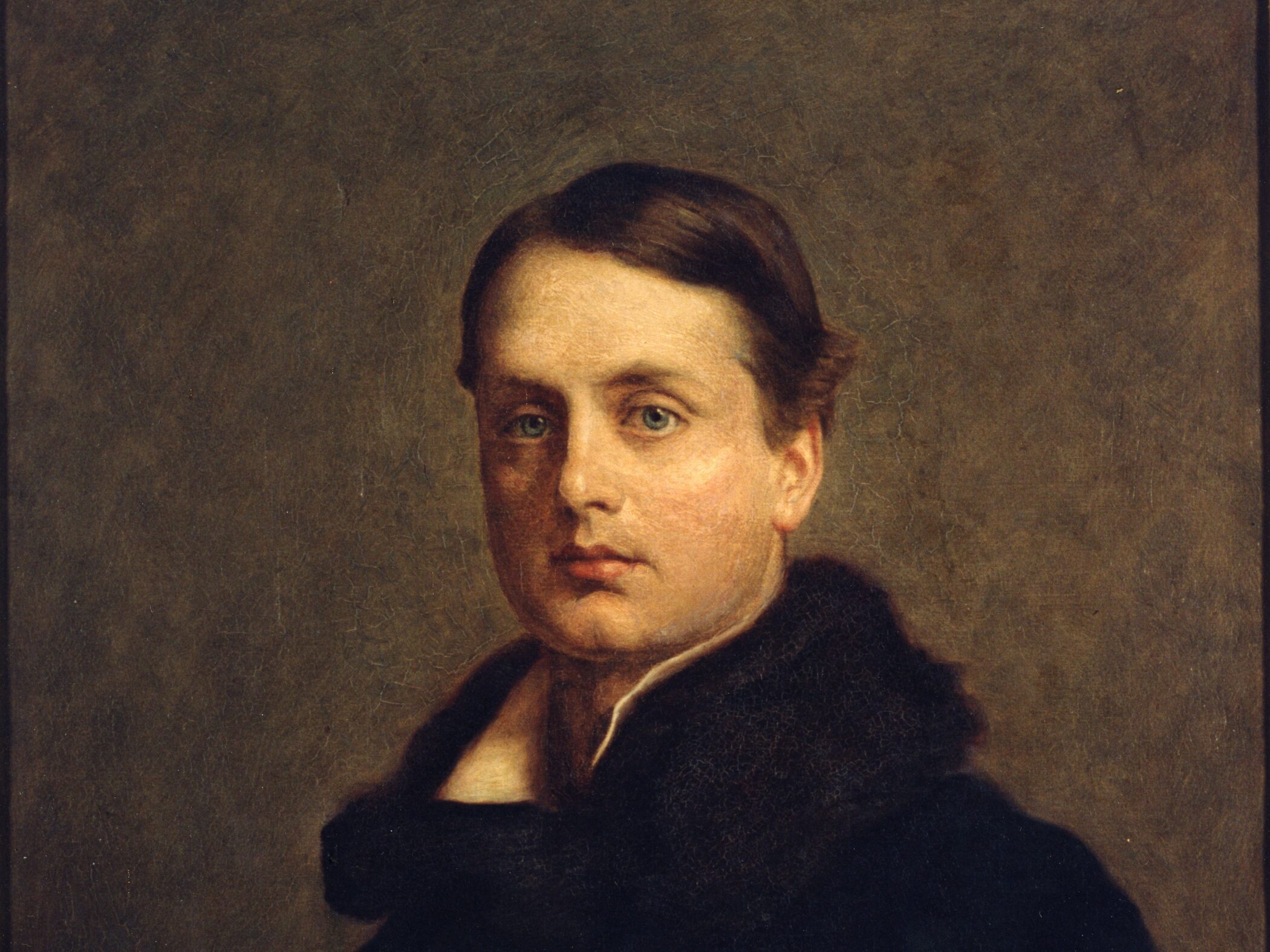Archibald Philip Primrose, later the 5th Earl of Rosebery, was born in London on 7 May 1847, into a distinguished Scottish aristocratic family. He was the eldest son of Archibald Primrose, Lord Dalmeny, and his wife Catherine Lucy Wilhelmina Stanhope.
Left without completing his degree
Primrose was educated at Eton and, in 1866 he entered Christ Church, Oxford. However, his academic pursuits were cut short in 1869 when he left without completing his degree. The decision stemmed from a conflict with the university authorities after he purchased a racehorse, named Ladas, which was against university regulations. When asked to relinquish the horse or leave, he chose the latter.
In March 1868, his grandfather died, and Rosebery inherited the earldom, along with the family estates in Scotland. The following May he took his seat in the House of Lords where he aligned himself with the Liberal party.
Warmly welcomed by the town of Epsom
In 1872, Lord Rosebery purchased The Durdans, a large property in Epsom, close to the racecourse, where he could indulge his passion for horse racing. A happy meeting at Newmarket led to his marriage to Hannah Rothschild, the daughter of Baron Meyer de Rothschild. In 1878, the newly married couple were warmly welcomed by the town of Epsom, decorated for the occasion, who turned out to welcome them with a special presentation to the couple who were then escorted through the streets to The Durdans. That evening their marriage was celebrated with a firework display on the Downs. They became central figures in the local community, frequently hosting events and attending social occasions. Their family grew to include two daughters and two sons, and the family were very much embedded in the fabric of the Epsom community.
Their prominence was evident during the marriage of their daughter Margaret, when thousands of Epsom families adorned primrose flowers in honour of the family name. The London Evening News even printed that day’s edition on primrose coloured paper.
Hosted distinguished visitors, including the Prince and Princess of Wales
In addition, The Durdans regularly hosted distinguished visitors, including the Prince and Princess of Wales, who also participated in local events. Rosebery and the Prince of Wales often collaborated in fundraising efforts for Epsom College. Indeed, such was Lord Rosebery’s interest he became the President of the College in 1900 and remained in post until his death.
Lord Rosebery first gained national attention when he managed Gladstone’s successful Midlothian Campaign in 1879. In 1881, he became Under-Secretary at the Home Office, focusing on Scottish affairs. Frustrated by Gladstone’s apparent lack of interest in Scotland, he resigned two years later.
In 1885, he joined Gladstone’s Cabinet as Commissioner of the Board of Works and Lord Privy Seal. A year later, he became Foreign Secretary in Gladstone’s third administration. Queen Victoria, an admirer, described it as the “only really good appointment” in the whole government.
The death of his wife, Hannah, in 1890, deeply affected Lord Rosebery, and he temporarily withdrew from politics. However, he returned in 1892 as Foreign Secretary under Gladstone’s final administration.
When Gladstone resigned in March 1894, Lord Rosebery reluctantly became Prime Minister. His tenure was fraught with challenges, including a divided Cabinet, an obstructive Tory-dominated House of Lords, and criticism in the Commons for opposing Irish Home Rule. His government lasted only 15 months, collapsing in June 1895.
Afterwards, he became the leader of the Liberal Imperialist division of the party but retired from politics altogether in 1905. In his later years, he turned to writing popular political biographies.
Horse racing remained a lifelong passion for Lord Rosebery. In 1894, he achieved his dream of winning the Derby with his horse, Ladas II. This sporting triumph was witnessed by the Prince and Princess of Wales along with an enormous crowd. The victory was hugely popular, and 800 guests were invited to The Durdans to celebrate. Lord Rosebery repeated his Derby success in 1895 with Sir Visto: and for a third time in 1905 with Cicero. Each victory was marked by extravagant celebrations with the Epsom community, including fireworks displays and open invitations to local families.
Rosebery was also an avid book collector, amassing one of the finest private libraries in the UK, particularly notable for rare Scottish works. He donated over 3,000 items to the National Library of Scotland, including letters from Robert Burns and the records of Mary, Queen of Scots.
As a committed local resident, Lord Rosebery was deeply involved in Epsom’s civic life. During World War I, he supported local families, and he was supported in return when he mourned the loss of his own youngest child, Neil Primrose, who was killed in action in Palestine. In his memory, Rosebery placed a poignant memorial to him at Christ Church, Epsom, reading simply, “The Joy of My Life.”
In 1913, Lord Rosebery purchased Woodcote Place, a large property in South Street, Epsom, for his daughter, Lady Crewe. He separated the fields adjoining the property and donated them to the Council, creating Rosebery Park. Proceeds from his subsequent land sales were directed to local charities, including the Epsom Cottage Hospital and the Epsom College Chapel.
Despite declining health in his later years, Rosebery remained involved in community life. In 1923, he hosted King George VI and Queen Mary for lunch at The Durdans, with local Boy Scouts providing a Guard of Honour.
In 1926, Epsom College honoured him by naming a new day boys House after him, adopting the primrose flower as its crest and so Rosebery House was established. It became a girls day House in 2008, retaining the primrose crest.
On May 20, 1929, Rosebery slipped into a coma and passed away the following morning, with his son by his bedside and the Eton Boating Song playing at his request. His body was transported to Scotland for burial in the family vault at Dalmeny Kirk.
Lord Rosebery’s legacy endures in Epsom through landmarks such as Rosebery Park, Rosebery Avenue, and Rosebery Road. In 1927, a new girls’ school was named Rosebery School to celebrate his 80th birthday, adopting his racing colours—pink and brown—and the primrose crest.
To commemorate the Borough’s Golden Jubilee in 1987, a plaque was erected at The Durdans in his honour, ensuring his contributions to Epsom remain remembered.





